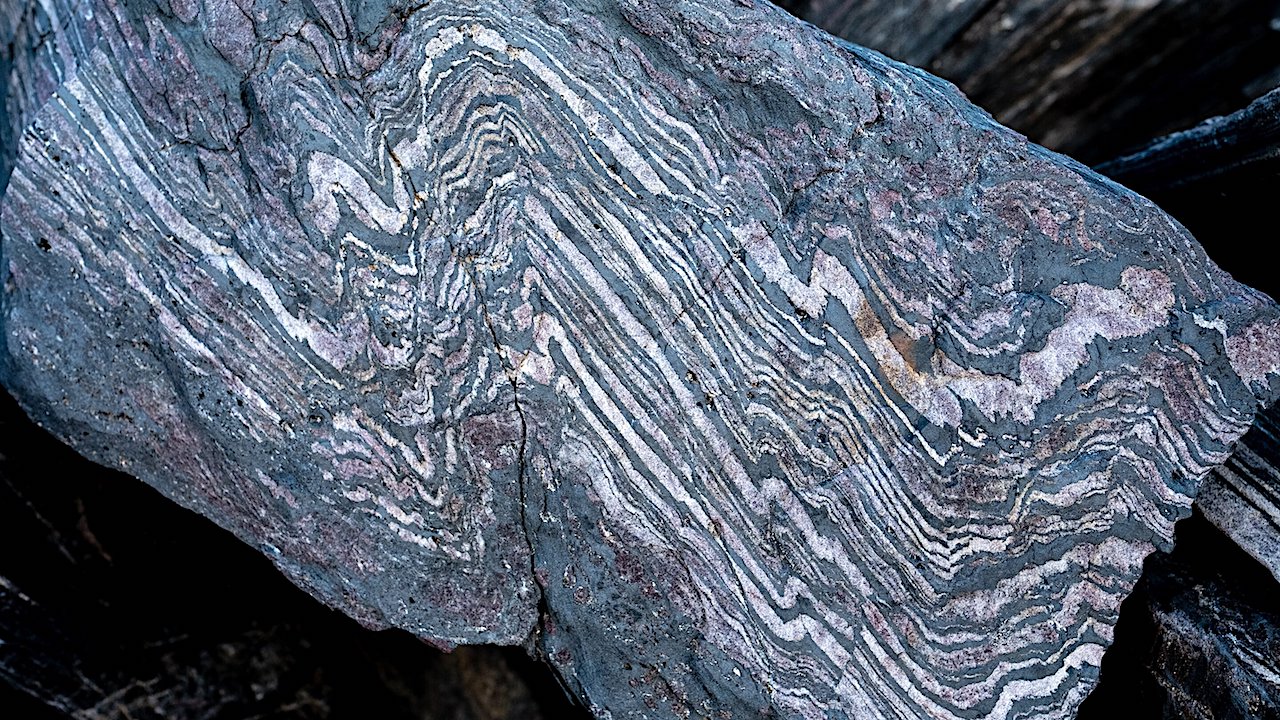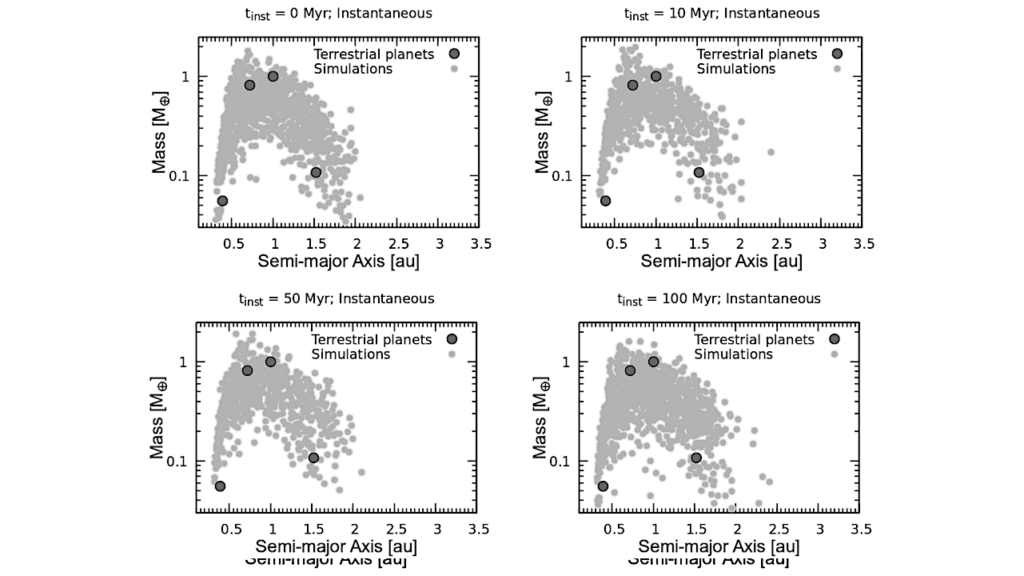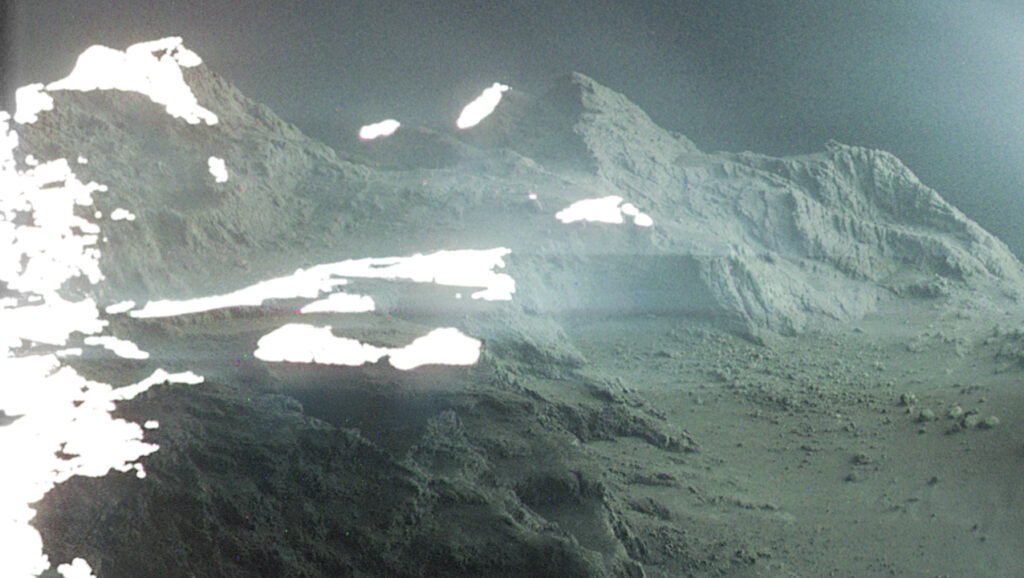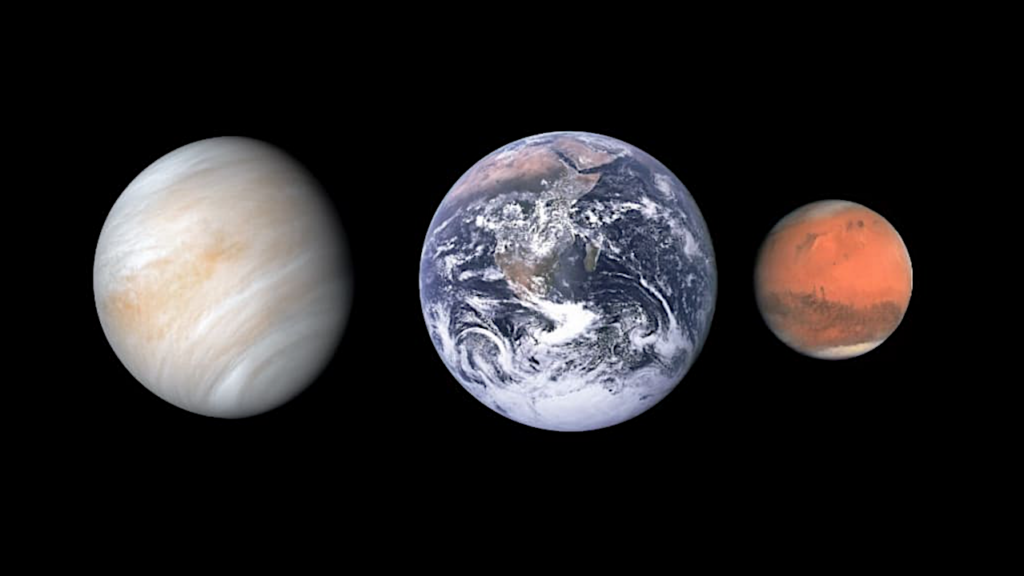The Oldest Undisputed Evidence Of Earth’s Magnetic Field

Without its magnetic field, life on Earth would not be possible since this shields us from harmful cosmic radiation and charged particles emitted by the Sun (the ‘solar wind’). But up to now, there has been no reliable date for when the modern magnetic field was first established.
In the new study, the researchers examined an ancient sequence of iron-containing rocks from Isua, Greenland. Iron particles effectively act as tiny magnets that can record both magnetic field strength and direction when the process of crystallization locks them in place. The researchers found that rocks dating from 3.7 billion years ago captured a magnetic field strength of at least 15 microteslas comparable to the modern magnetic field (30 microteslas).
These results provide the oldest estimate of the strength of Earth’s magnetic field derived from whole rock samples, which provide a more accurate and reliable assessment than previous studies which used individual crystals.
Lead researcher Professor Claire Nichols (Department of Earth Sciences, University of Oxford) said: ‘Extracting reliable records from rocks this old is extremely challenging, and it was really exciting to see primary magnetic signals begin to emerge when we analysed these samples in the lab. This is a really important step forward as we try and determine the role of the ancient magnetic field when life on Earth was first emerging.’
Whilst the magnetic field strength appears to have remained relatively constant, the solar wind is known to have been significantly stronger in the past. This suggests that the protection of Earth’s surface from the solar wind has increased over time, which may have allowed life to move onto the continents and leave the protection of the oceans.
Earth’s magnetic field is generated by mixing of the molten iron in the fluid outer core, driven by buoyancy forces as the inner core solidifies, which create a dynamo. During Earth’s early formation, the solid inner core had not yet formed, leaving open questions about how the early magnetic field was sustained. These new results suggest the mechanism driving Earth’s early dynamo was similarly efficient to the solidification process that generates Earth’s magnetic field today.
Understanding how Earth’s magnetic field strength has varied over time is also key for determining when Earth’s inner, solid core began to form. This will help us to understand how rapidly heat is escaping from Earth’s deep interior, which is key for understanding processes such as plate tectonics.
A significant challenge in reconstructing Earth’s magnetic field so far back in time is that any event which heats the rock can alter preserved signals. Rocks in the Earth’s crust often have long and complex geological histories which erase previous magnetic field information. However, the Isua Supracrustal Belt has a unique geology, sitting on top of thick continental crust which protects it from extensive tectonic activity and deformation. This allowed the researchers to build a clear body of evidence supporting the existence of the magnetic field 3.7 billion years ago.
Study co-author Professor Benjamin Weiss (Massachusetts Institute of Technology), said: ‘Northern Isua has the oldest known well-preserved rocks on Earth. Not only have they not been significantly heated since 3.7 billion years ago but they have also been scraped clean by the Greenland ice sheet.’
The results may also provide new insights into the role of our magnetic field in shaping the development of Earth’s atmosphere as we know it, particularly regarding atmospheric escape of gases. A currently unexplained phenomenon is the loss of the unreactive gas xenon from our atmosphere more than 2.5 billion years ago. Xenon is relatively heavy and therefore unlikely to have simply drifted out of our atmosphere. Recently, scientists have begun to investigate the possibility that charged xenon particles were removed from the atmosphere by the magnetic field.
In the future, researchers hope to expand our knowledge of Earth’s magnetic field prior to the rise of oxygen in Earth’s atmosphere around 2.5 billion years ago by examining other ancient rock sequences in Canada, Australia, and South Africa. A better understanding of the ancient strength and variability of Earth’s magnetic field will help us to determine whether planetary magnetic fields are critical for hosting life on a planetary surface and their role in atmospheric evolution.

A simplified geological map [after Nutman and Friend (2009)] depicts the northeastern part of the ISB. The two smaller maps show the entire extent of the ISB and its location in Greenland. Previous tectonothermal constraints on the metamorphic history of the ISB are shown by the colored symbols, where pink, blue and yellow colors represent evidence for Eoarchean metamorphism, Neoarchean metamorphism and Proterozoic hydrothermal activity, respectively. Petrological constraints from metabasites (squares) and metapelites (circles) and the inferred metamorphic boundaries (gray lines; Arai et al. (2014); Komiya et al. (2002)); garnet-biotite thermometry (5-point stars; Rollinson (2002, 2003)); Sm-Nd pillow basalt ages (upwards pointing triangle; Polat et al. (2003)); Pb-Pb apatite ages (pentagon; Nishizawa et al. (2005)); Sm-Nd plagioclase amphibole ages (7-point star; Gruau et al. (1996)); and Pb-Pb magnetite BIF ages (downwards pointing triangle; Frei et al. (1999); Frei and Polat (2007)). The sites where paleomagnetic data were collected as part of this study are labeled 8A/A, B, C, D, 3AA, 4A, 5A and 6A.
Possible Eoarchean Records of the Geomagnetic Field Preserved in the Isua Supracrustal Belt, Southern West Greenland, JGR Solid Earth (open access)
Astrobiology








